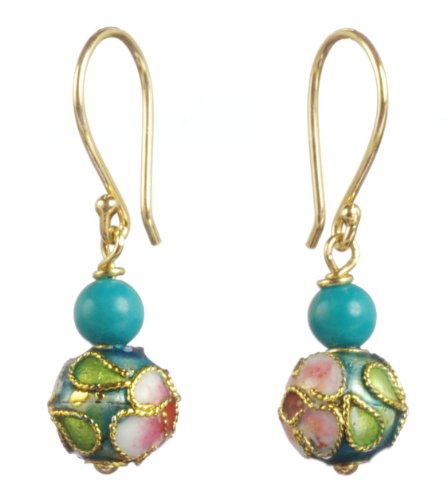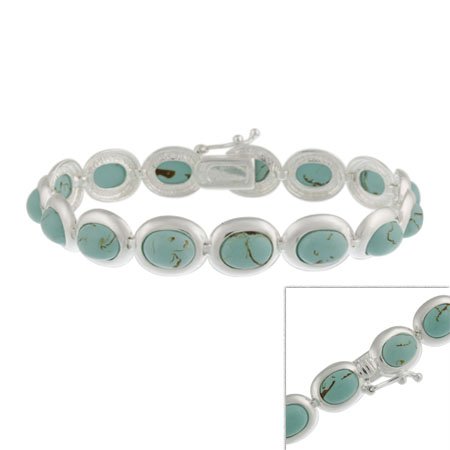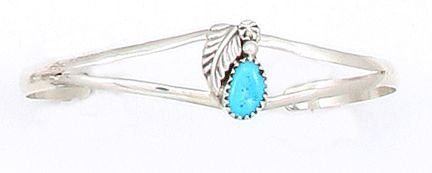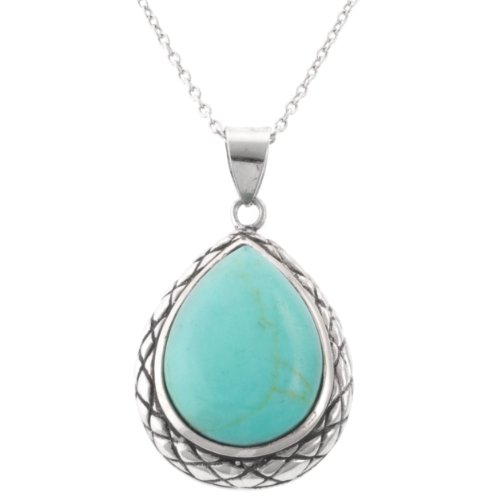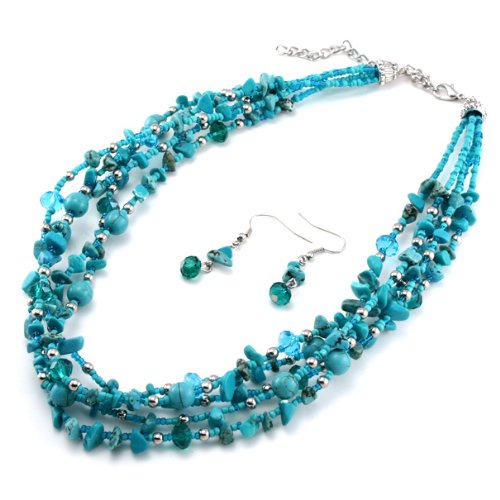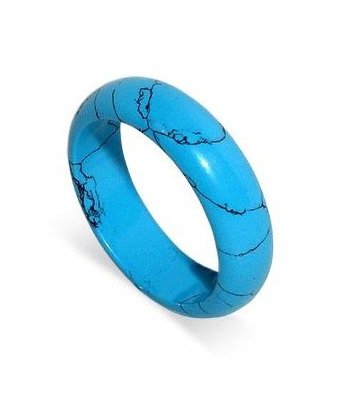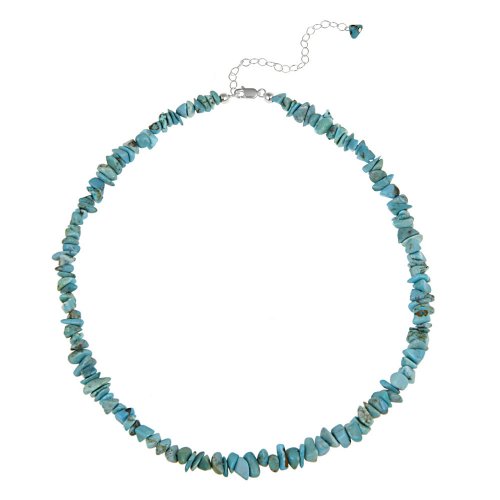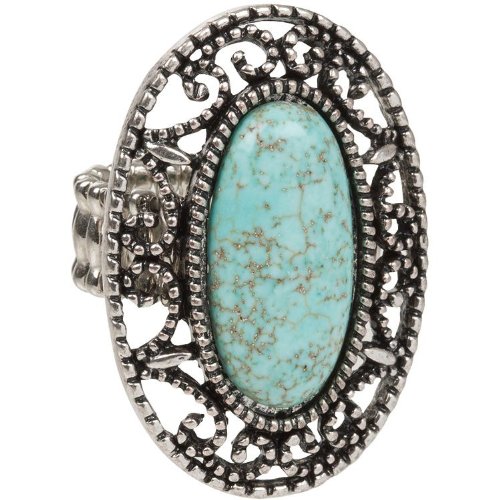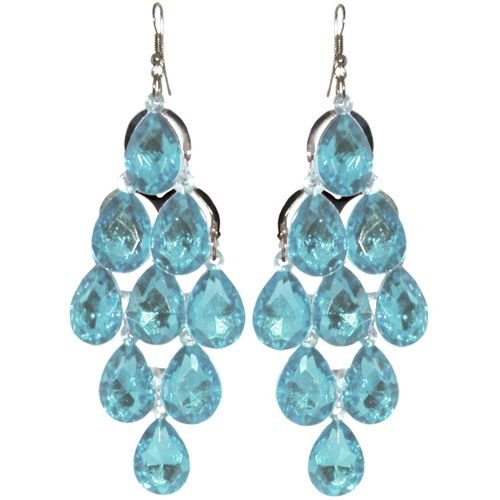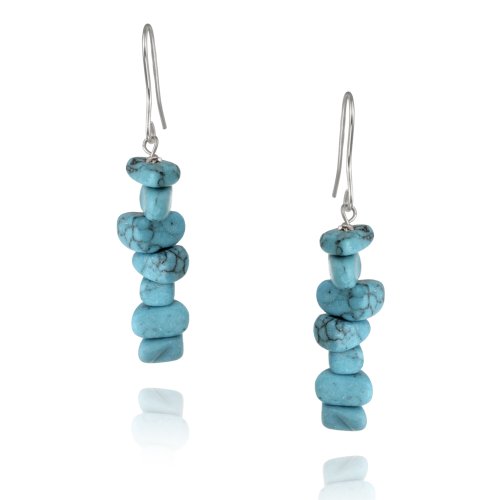What is the best way to utilise makeup to make your eyes stand out? The quickest and easiest formula is using colour.
You can wear any colour on your eyes, but which colours will enhance them the most and which colours are the fool-proof options? Generally, colours on the opposite side of the colour spectrum will make a stronger statement and bring out your eye colour more than those close to the eye colour.
Turquoise
Some colour guides are in case,granted below:
Brown/hazel eyes: The safe bets are beige, chocolate, caramel, olive and taupe. Most dramatic results can be achieved with tones of blue, purple, turquoise and gold.
Blue eyes: For a soft enhancement try dissimilar hues of blue, such as pale blue and indigo or mauves. For eye-popping performance opt for tones of gold, bronze, peach and strong pinks.
Violet eyes: Low-risk tones contain mauve, soft pinks and hues of blue. More adventurous matches are shades of gold, bronze, chocolate and green.
Green eyes: Safe colours are hues of green such as olive, and teal, or variations on brown. To make green eyes stand out try dark blue, turquoise, silver, slate and tones of gold.
Okay, so what now? What about wearing manifold colours? How do you match colour combinations?
Monochromatic Colours These are dissimilar hues of one colour. For example; mint, olive and jade are all hues of green. A monochromatic colour scheme used in makeup can be a safe option, as this is quite easy to get right.
Harmonious Colours These are colours adjacent to each other on the colour wheel, sharing a pigment. Examples are yellow and orange, or orange and red, or purple and blue. When settled side-by-side, harmonising colours appear to blend.
Complimentary Colours These colours are positioned on opposite sides of the colour wheel. For example, yellow and purple, or red and green, or blue and orange. Applying complimentary colours in makeup can be quite difficult, but used correctly, the results are often dramatic. When settled together, complimentary colours follow in strong disagreement and each colour appears more vivid.
When selecting colours for your face, either on lips, eyes or cheeks, reconsider that concentration is always drawn to the coloured area. To play it safe, use one or two pure colours to originate your focal point and keep other tints softer to originate balance. This is particularly helpful for mature faces.
If you love a single colour in your makeup palette but struggle to wear it, try wearing a dissimilar hue/tone of that colour. For example, if you naturally adore legacy green, but feel that is doesn't suit you, try a pine, jade or even sea green. These colours still fit in the green colour family, but may vary enough to suit you better. Examples of variations on basic hues/tones are in case,granted below. There is a tone to suit you!
Purple mauve, lavender, violet, berry, wine and plum.
Green olive, lime, teal, turquoise, mint, aqua and khaki.
Blue cobalt blue, indigo, navy, ice blue and sapphire.
Yellow lemon, gold, amber, tan, raw sienna and citrus.
Red scarlet, brick, crimson, burgundy and mahogany.
Orange coral, peach, terracotta, apricot and tangerine.
Brown beige, chocolate, burnt sienna, taupe and bronze.
Pink rose, dusk, fuchsia, magenta, lolly pink and salmon.
Black & White slate, pearl and silver.
Remember to have fun with makeup and eye makeup is one of the most challenging, but most rewarding ways to do so. Put some colour into your makeup world today!
Popping Peepers - Make Your Eyes a feature Using Eye Makeup
Visit : The Bests Rings

